Introduction:
Have you ever wondered why you have certain habits or routines that you just can’t seem to break? Whether it’s checking your phone as soon as you wake up or biting your nails when you’re nervous, habits play a significant role in our daily lives. But have you ever stopped to consider the science behind habit formation and why we do what we do?
In this article, we will delve into the fascinating world of habit formation, exploring the reasons behind our behaviors and how habits are developed in the first place. From the neurological processes at play to the psychological factors that influence our habits, we will uncover the secrets behind why we do what we do.
The Neuroscience of Habit Formation:
At the core of habit formation lies the intricate workings of our brain. When we perform a habitual behavior, such as reaching for a snack when we’re bored or scrolling through social media before bed, our brain goes into autopilot mode. This is because habits are formed in the basal ganglia, a region of the brain responsible for motor movements and procedural learning.
When we repeatedly engage in a behavior, whether it’s positive or negative, neural pathways are formed in the basal ganglia. These pathways create a shortcut for our brain to follow when we encounter a trigger that prompts the behavior. For example, if we feel stressed, our brain may automatically turn to comfort food as a coping mechanism due to the established neural pathway.
The Psychology of Habit Formation:
In addition to the neurological aspects of habit formation, psychology also plays a significant role in shaping our behaviors. One of the key components of habit formation is the concept of cue-routine-reward, as outlined by Charles Duhigg in his book “The Power of Habit.”
According to this model, a habit begins with a cue, which acts as a trigger for the behavior. This cue can be internal, such as a feeling of hunger, or external, such as seeing an advertisement for a certain product. Once the cue is recognized, we engage in a routine behavior to satisfy the cue and receive a reward. This reward reinforces the behavior and solidifies the habit loop.
Breaking Bad Habits and Forming Good Ones:
While it may seem challenging to break bad habits or form new ones, it is possible with the right strategies and mindset. One effective technique for changing habits is to identify the underlying cue that triggers the behavior and find a healthier alternative to satisfy that cue.
For example, if you have a habit of stress-eating unhealthy snacks, you could try going for a walk or practicing deep breathing exercises when feeling stressed. By replacing the routine behavior with a healthier option, you can slowly rewire your brain and create new neural pathways.
Conclusion:
In conclusion, habit formation is a complex process that involves the interplay of neuroscience and psychology. By understanding the science behind why we do what we do, we can gain insight into our behaviors and make positive changes in our lives. Whether you are looking to break a bad habit or form a new one, remember that habits are not set in stone and can be changed with persistence and determination. So next time you catch yourself reaching for that unhealthy snack or mindlessly scrolling through social media, take a moment to reflect on the cues that trigger your behaviors and consider how you can make a positive change.


